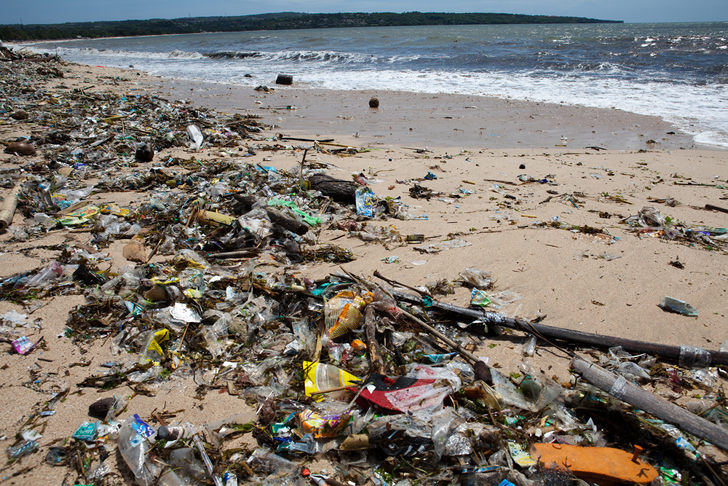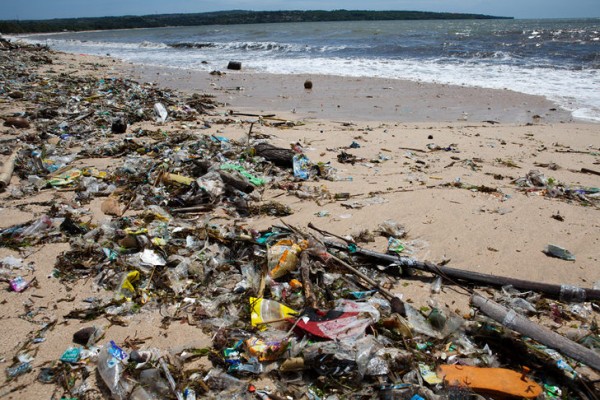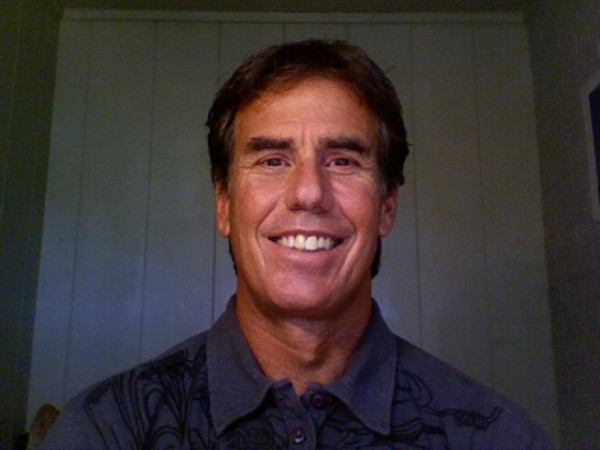
25 Apr Earth Matters: Mermaids’ Tears
“Malama i ke kai, a malama ke kai ia ‘oe.”
The centuries old ‘ōlelo no’eau (Hawaiian proverb) translates to mean, “Care for the ocean and the ocean will care for you.”
Hawaiians believe it is their cultural kuleana (responsibility) to protect the resource that provides food and so much more for their ‘ohana (families).
The world’s oceans were the birthplace for all life on Earth. From the time the first creature crawled onto the shores of Earth’s newly formed landmasses, the world’s oceans have provided all land-based life with food, knowledge, inspiration, and joy. Our rain, snow, and subsequent drinking water come from the world’s oceans via the process of seawater evaporation into Earth’s atmosphere. All life on Earth owes its existence to the world’s oceans and every one of us carries the world’s oceans within us.
Personally, the world’s oceans have been some of my best friends and mentors. In the mid-1970s on Qalito Island located in the Republic of Fiji, I learned the ways of a Fijian waterman. My friend Poisa, a native Fijian, shared his love of the ocean and taught me how to respect the ocean’s ecosystems. I learned to hunt for fish, not panic in the presence of predators, and navigate the coral reefs surrounding our island.
Sadly, in the last 25 years, I have noticed an alarming increase in the amount of mermaids’ tears washing onto beaches around the world such as the southern shores of Sri Lanka in the Indian Ocean and our beloved sandy beaches in Hawai’i. I am not speaking about the salty tears of the oceans’ mythical guardians, but rather the tiny plastic pellets saturating the surface waters of the world’s interconnected oceans. However, I have no doubt any mermaids of legend would weep over the unmerciful degradation of their habitat due to human activity.
The source of these human-induced tears of toxic pollution is partially a result of plastic and polystyrene nurdles being lost out to sea. Nurdles, which are typically five millimeters or less in diameter, are used in the manufacturing of products such as toys, bottles, and sports equipment. Mermaids’ tears are also a result of larger plastic and polystyrene debris being accidentally and deliberately dumped into the ocean. They then physically weather into fish egg sized pellets of marine debris via the process of photodegradation. According to the National Atmospheric and Ocean Administration, a plastic cigarette lighter cast out to sea will photo degrade over 100s of years into smaller and smaller pieces of plastic without breaking into simpler compounds.
To my disbelief, I have witnessed humans walking from their seaside residences and throwing plastic bags of garbage into the ocean. I have also watched a bulldozer push piles of rubbish laced with plastic waste into the Indian Ocean outside the city of Galle in Sri Lanka. On a larger scale, north of the Hawaiian archipelago, the exponential accumulation of large and micro-sized plastic debris in the North Pacific Gyre has created a soup bowl of toxic waste the size of Texas known as the Great Pacific Garbage Patch. Based on studies conducted by the Algalita Marine Research Foundation, there is six times more plastic by weight in the surface waters of this area than there is naturally occurring zooplankton, and no place in the North Pacific Gyre is free of plastic pollution.
Although environmental scientists have come to understand the ecological issues associated with large flotsam, the alarming consequences of micro-sized plastic debris (mermaids’ tears) for marine ecosystems has only recently surfaced. Foremost, mermaids’ tears are similar in size and shape to plankton and fish eggs. Compounding the problem, mermaids’ tears are sponges for DDT, PCBs, and other fossil fuel based pollutants. When marine animals, which cannot digest plastic, eat the mermaids’ tears, they become very sick or die. In addition, plastic becomes widely distributed in the marine food chain when larger organisms consume mermaids’ tears that were eaten by smaller organisms.
On the bright side, advocacy organizations like the Ocean Defender Foundation and the Ocean Conservancy along with educational outreach facilities like the Mokupapapa Discovery Center in Hilo and federally established marine conservation areas such as the Papahanaumokuakea Marine National Monument in Hawai’i have stimulated public awareness and fostered stewardship of the world’s oceans.
As descendants of the sea, you can help preserve the ecosystems of the world’s oceans for present and future generations by participating in the following actions:
Rethink your use of plastics. Find ways to reuse and recycle.
Buy drinks in glass, not plastic.
Stop using plastic grocery bags.
Buy recycled plastic products instead of new ones, which helps reduce the production of nurdles.
Talk about the issue with your friends and share this article on your social networking sites.
Donate your time and money to help ocean conservation organizations protect the world’s oceans.
Participate in a beach cleanup event. Besides feeling a warm glow, you might also meet a new best friend.
Editor’s Note: Earth Matters is largely penned by Billy Mason, an environmental studies instructor at Prescott College who focuses on environmental policy and climate change planning. He is also an environmental science writer, a Climate Reality Project leader, and a sustainability coordinator. Billy is an alumnus of the University of Hawai’i at Hilo, Prescott College, and the Clinton Global Initiative University, He serves as a researcher for the Aspen Global Change Institute and as a science instructor at the Mokupapapa Discovery Center in Hawai’i. An accomplished mountaineer, aviator, and surfer who has worked around the world from Telluride to Sri Lanka, Billy has manifested a personal connection with nature’s elements and a diversity of cultures.




Sorry, the comment form is closed at this time.